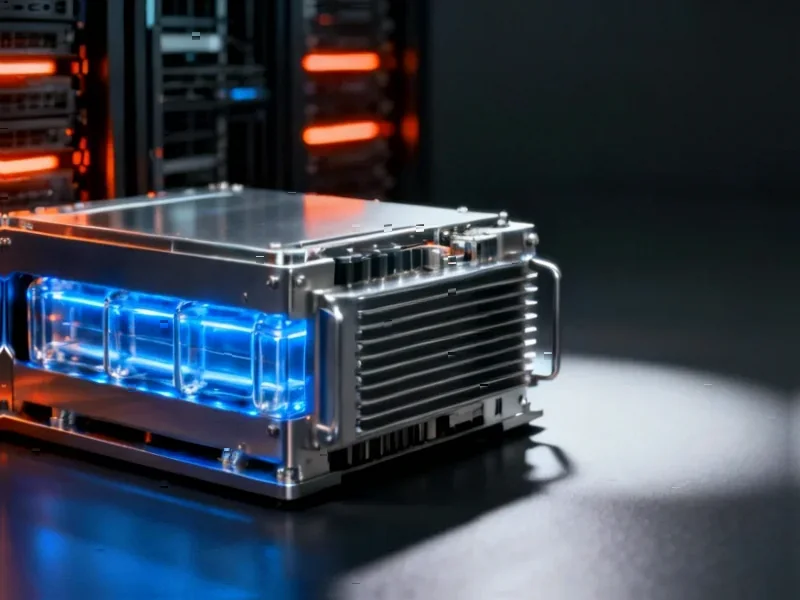According to engineerlive.com, the fossil energy sector is fundamentally reshaping how intelligence gets deployed in hazardous field operations. For decades, centralized automation models have dominated industrial settings, but they’re proving too slow for environments like offshore platforms and complex refineries where rapid response is critical. The emerging alternative is field-orchestrated autonomy, where certified mobile platforms operate as intelligent orchestration agents equipped with embedded AI capabilities. These devices can assess situations, collaborate with peer systems, and implement coordinated responses while maintaining full regulatory compliance. The approach uses “swarm governance” where devices form temporary decision-making groups that evaluate complex conditions holistically, and simulations show orchestration nodes maintain functionality even during network disruptions.
Why This Matters Now
Here’s the thing: we’re not just talking about incremental improvements to existing systems. This represents a fundamental shift in how dangerous industrial operations get managed. When you’ve got multiple sensors detecting simultaneous anomalies on an offshore platform, waiting for a centralized system to process everything and send back commands could mean the difference between a contained incident and a catastrophe. But with swarm governance, the devices themselves can exchange information and act in unison immediately.
And honestly, the timing couldn’t be better. As the energy transition accelerates, operators are facing pressure to improve safety while maintaining efficiency. This distributed approach lets them do both – intelligence gets decentralized but governance remains centralized. It’s the best of both worlds.
The Human Factor
Now, before anyone gets worried about robots taking over completely, that’s not what’s happening here. The system maintains “human in the loop” for situations that exceed predefined parameters. Basically, the AI handles the routine but complex decisions while humans remain in charge of strategic oversight.
Think of it like having an incredibly smart, always-alert assistant that can handle emergencies without needing to wake you up for every little thing. The humans stay in control of the big picture while the distributed intelligence handles the day-to-day operational decisions right at the point of need.
Broader Implications
This isn’t just about making oil fields safer – though that’s obviously huge. What we’re seeing is the beginning of a much broader trend toward predictive and self-optimizing operations across heavy industry. As technology convergence brings together certified mobile platforms, advanced AI agents, and resilient communication networks, this approach becomes practical for everything from mining to chemical plants.
The real game-changer? These systems work even when communications infrastructure gets compromised. In environments where network disruptions can happen unexpectedly, that’s not just convenient – it’s potentially life-saving. Operators get both improved efficiency and enhanced resilience, which in high-risk environments amounts to a competitive advantage that’s hard to ignore.
So where does this lead? We’re looking at the emergence of hybrid intelligence models that combine distributed adaptability with centralized assurance. For organizations navigating the energy transition while maintaining operational sovereignty, this might just be the foundation they need for long-term leadership. The future of hazardous operations isn’t about replacing humans – it’s about giving them smarter tools that work the way they actually need to work in real-world conditions.




